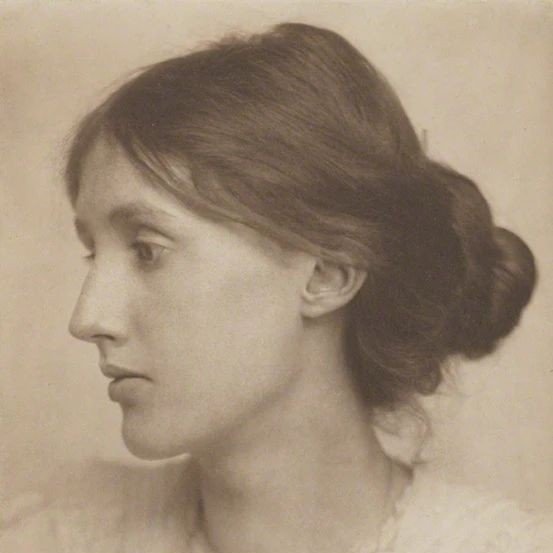In celebration of Pride month, I am paying tribute to some of the LBGTQ+ writers who have inspired me over the years.

VIRGINIA WOOLF
I first became aware of Virginia Woolf, or at least the character of Virginia Woolf, a little embarrassingly, by way of another writer. Those familiar with Michael Cunningham’s novel, The Hours, will recall the rather honest and (generally) factual portrayal of Woolf during the genesis of what would later become her novel Mrs Dalloway – and like Mrs Dalloway, follows the ‘day-in-the-life’ concept. Those who have read both novels will see the obvious similarities in tone and structure, as well as emphasis on singular moments and emotions throughout a person’s day; focusing both on the trivial and the monotonous, as well as the small, creeping fragments that, if indulged, threaten to cause their life as they know it to unravel.
The Hours (as named after the original title of Mrs Dalloway) is of course a fine novel (it won the Pulitzer Prize in 1999, and was later made in to a movie, which is also excellent) and I would recommend it regardless of whether Woolf’s work appeals to you or not.
I’d been aware of her before that, sure. Unless you’ve been living under a rock, Virginia Woolf is a household name. But her writing wasn’t something I’d stumbled on at school, or even at University (worrying really, as I studied Creative Writing…) and it wasn’t until I happened upon The Hours that it dawned on me (back then when I was first dipping my toe in the pool of writing) that I should probably give her a whirl.
Like most ‘gifted eccentrics’ Virginia Woolf’s infamy is just as much personal as it is professional. While she wasn’t wild, rambunctious, or into heavy-drinking like many established writers of the twentieth century were (yes, Dylan Thomas and Mr Hemingway, we’re looking at you) her notoriety stemmed from her rather precarious mental health. Woolf notably had at least three severe nervous breakdowns, and attempted to take her own life on two occasions before finally succeeding in 1941 at the age of fifty-nine, triggered by the onset of another breakdown which she was sure she’d not recover from.
I was drawn to her because of her fragility, and because I (having my own strained relationship with mental health) admire the beauty that came out of the darkness of it all. I like her tone (although it is almost shamelessly upper-class and by today’s standards, rather dated) and I like her trailblazing as a progressive female author. While you have your classic women novelists such as the Brontës and Jane Austen, who are acclaimed in their own right, Woolf followed an entirely different aesthetic, that by the standards of her particular era, where women’s literary inputs were by and large expected to be classically-structured romantic fluff, was bold in its use of modernist expression, with the ‘stream of consciousness’ approach being her trademark narrative. And it’s a hard narrative to pull off without sounding, well, ridiculous. I know this because I have tried.
Most people who are familiar with the Bloomsbury circle of writers and artists (the English and rather posh equivalent of the Beatnik movement) will know that Woolf (who was married until her death to the political theorist and author, Leonard Woolf) was known for her personal torment and her sad, untimely demise, as well as her frivolous nature; her love of parties, her playful gossipy side, and her lengthy affairs with several women, all of which inadvertently snuck their way into her work; demonstrating a story-teller that was of equal parts dark as she was sparkling.
Recommendations: (other than Mrs Dalloway)
To the Lighthouse
A Room of One’s Own
Orlando
The Waves
Jacob’s Room